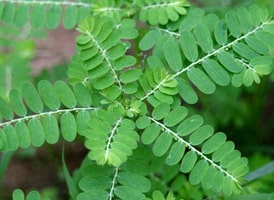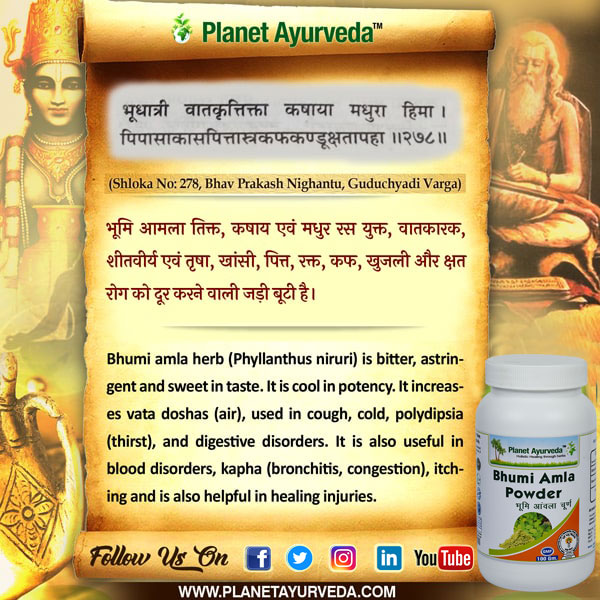 Common Names
Common Names
Phyllanthus niruri (Bhumi Amla) is commonly known as Chanca peidra. In Ayurveda it is known as bhumyamalaki. It is popular by the names of “gale of the wind”, “seed under leaf” and “stone-breaker”.
Occurrence of Phyllanthus Niruri (Bhumi Amla)
This plant is commonly found in coastal areas. In India, this plant grows in wild after the first showers of monsoon in Jharkhand, Bihar, Chhattisgarh, etc. It usually grows in the second week of June and then this plant starts bearing fruits during mid-July or August. In general, it remains in the wild till the end of the rainy season, but can grow up to mid-winter under safe conditions.
This plant is found in the rainforests of amazon and other tropical areas of the world such as Bahamas, china and Southern India.
Description of Plant
The word Phyllanthus means “leaf and flower”. The leaf and flower of this plant seem to be united with the leaf and hence the name. In India, this plant is originated as a winter weed in the hotter parts.
Small herb can grow up to a height of 70 cm. In India, this plant can grow up to a height of 700 m during rainy season but with the lesser frequency in other southern parts of the country. The bark of this plant is smooth and is of light green color. The Leaves of this plant are small and whitish green in color. Flowers are pale green in color, often, flushed with red. The tiny smooth capsules like fruits of this plant contain seeds in it.
Ayurvedic Energetics of Phyllanthus Niruri (Bhumi Amla)
- Rasa (taste) – Bitter, astringent, sweet
- Vipaka (post-digestive effect) – Sweet
- Virya (action) – Cooling
- Guna (quality) – Dry, light
- Dosha effect – PK-, V+
- Srota (channel) – Digestive, reproductive, urinary
- Dhatu (tissue) – Plasma, blood, fat, reproductive
Parts of Phyllanthus Niruri (Bhumi Amla) used
Whole plant is used.
Cultivation of Phyllanthus Niruri (Bhumi Amla)
In general, this plant is well adapted to the variety of soils with the pH ranging from alkaline to neutral and acidic, but shows preference for soils that are calcareous and light textured. This plant grows under semi-temperate to tropical climate conditions under high rainfall. This plant survives rarely under dry and low temperature conditions and does not grow properly under shade.
These plants are propagated through seeds. Irrigation is not required during rainy season. If there is no rainfall, then irrigation is required at an interval of about 15 days.
After the completion of rainy season, these plants are still green in color and herbaceous. Hence, these plants should be harvested at that time. At that time, the quantity of leaves as well as the concentration of active constituents at that time, are at highest. The leaves of this plant are dried in the sun.
Classical Reference

Chemical Constituents in Phyllanthus Niruri (Bhumi Amla)
This plant is rich in natural alkaloids. The other constituents that are present in this plant are flavonoids, terpenoids, lignans, polyphenols, tannins, coumarins and saponins.
To buy Bhumi Amla Powder, please visit store.planetayurveda.com/products/bhumi-amla-powder
